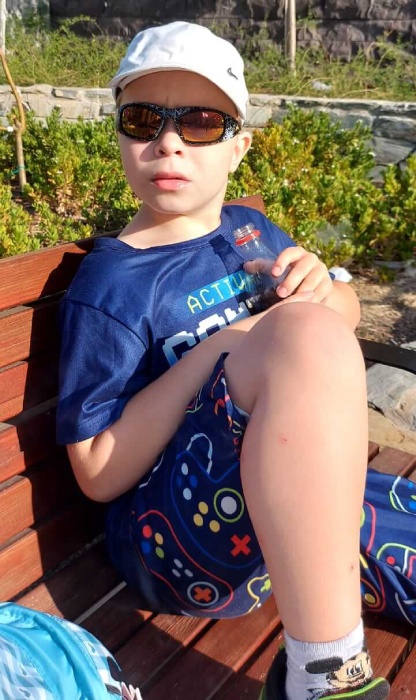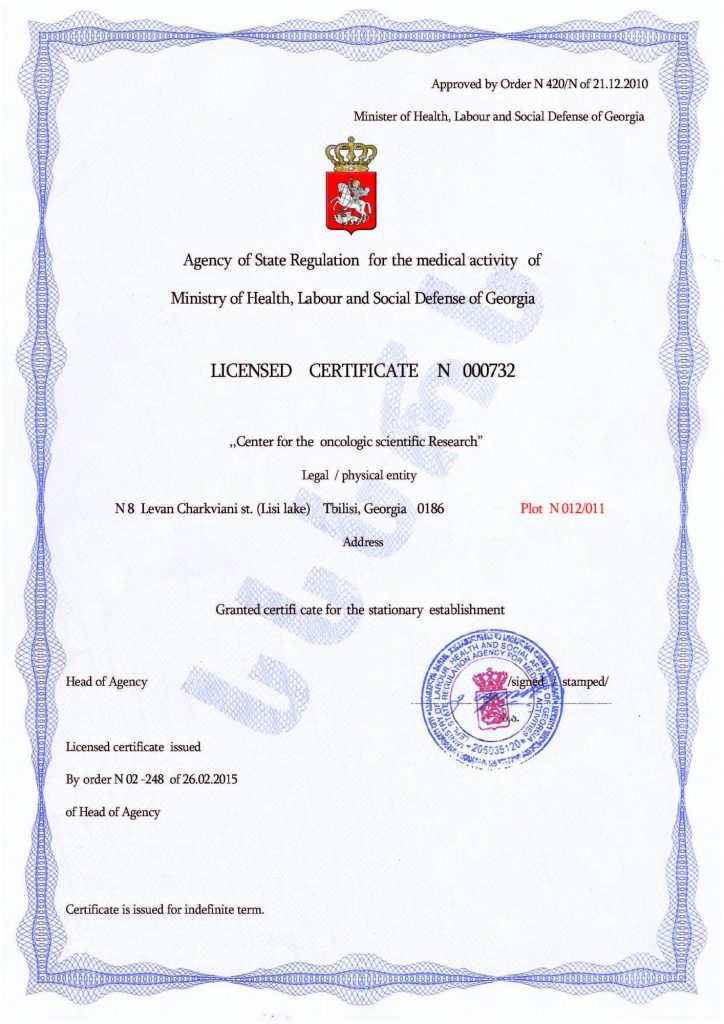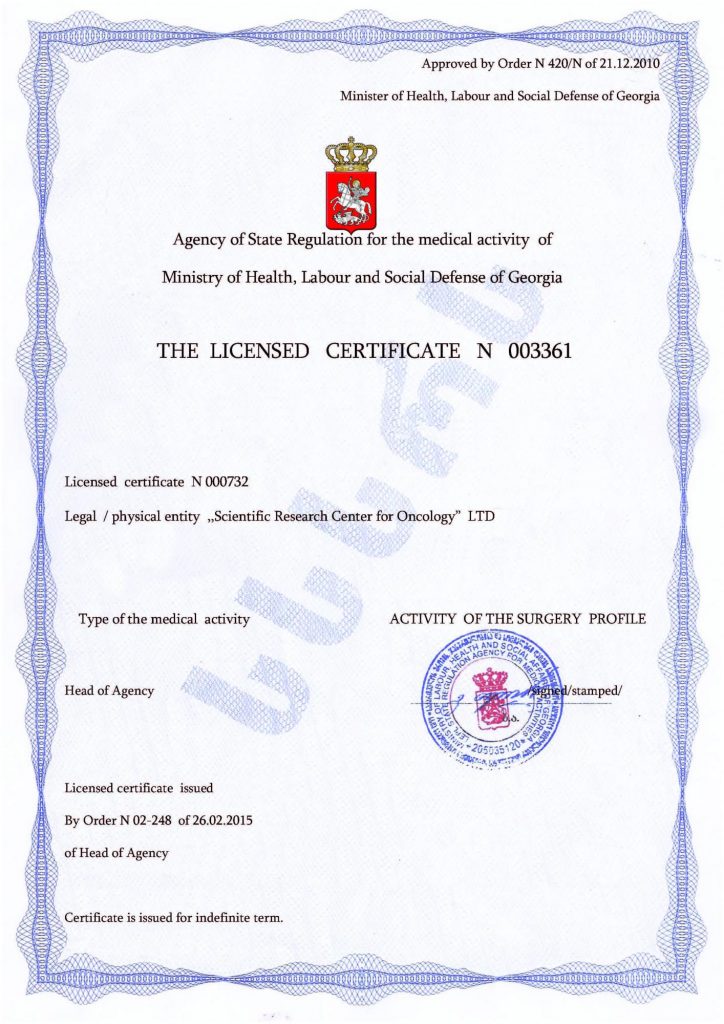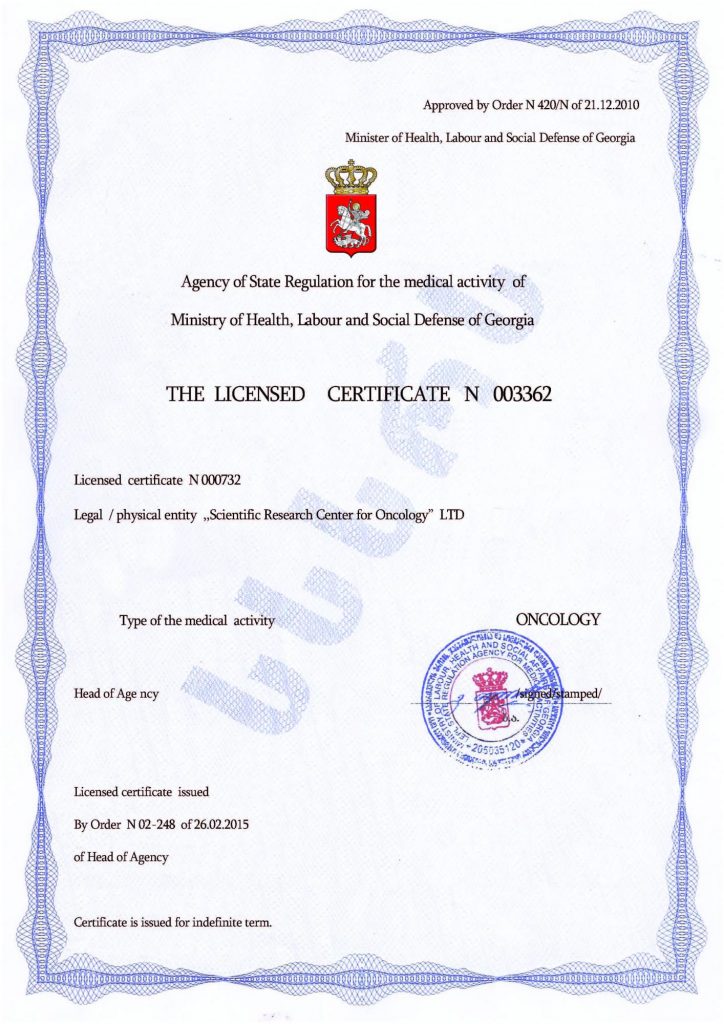Why Do Children with Autism Dislike Touch?
Parents of children with autism know that any external stimuli, such as light, loud sounds, touch, or close contact, can cause irritation in a child with autism. The child becomes even more withdrawn and refuses to engage in tactile contact, even with close family members.
Reasons Why Children with Autism Dislike Touch:
- Sensory Sensitivity: Many children with autism are highly sensitive to various sensory stimuli, including touch. Tactile sensations may feel painful or uncomfortable to them.
- Difficulty Processing Sensory Information: Children with autism often struggle with coordinating and integrating different sensory signals, which can lead to stress and discomfort when touched.
- Need for Control: Children with autism often seek predictability and control over their environment. Touch may be perceived as a loss of this control.
- Personal Boundaries: Some children with autism have very clear ideas about their personal boundaries and may see touch as an intrusion into their personal space.
- Previous Negative Experiences: If a child has had unpleasant sensations or fear from touch in the past, it may lead to a negative association with being touched.
It’s important to remember that the perception of touch in children with autism can vary greatly. An individualized approach and professional support are needed to identify the child’s preferences and help them cope with sensory sensitivities in a comfortable way.
What Are the Manifestations of Sensory Sensitivity in Autism?
Sensory sensitivity in autism determines how a child with autism perceives and responds to various sensory stimuli such as sounds, light, smells, textures, and touch.
Key Manifestations of Sensory Sensitivity in Autism Include:
- Hyper-sensitivity, which may manifest as:
-
- Painful reactions to loud sounds, bright lights, certain textures, or temperatures.
- Avoidance of certain sensations or stimuli that seem harmless to most people.
- Hypo-sensitivity (under-sensitivity):
-
- Weak or no response to pain, extreme temperatures, or loud sounds.
- A need for strong, intense stimuli in order to feel them.
- Sensory Re-integration:
-
- Difficulty coordinating and merging various sensory signals into a single perception.
- A feeling of “overload” when different stimuli occur simultaneously.
These sensory processing differences can cause discomfort, anxiety, irritation, or even pain for people with autism, leading to difficulties in daily life. Addressing sensory needs is a key aspect of supporting and working with individuals on the autism spectrum.
Stem Cell Therapy for Sensory Sensitivity in Autism
An important part of the rehabilitation process for children with autism involves various forms of therapy, including pharmacological correction. However, today there is a modern therapy that has proven effective. This therapy involves stem cell transplantation for children with autism. The materials for the procedure are taken from either the child’s own bone marrow, umbilical cord blood, or blood donors.
Get in touch for a free consultation!
Autism Treatment Center Videos
Autism treatment with own stem cells
Cord blood association congress
International Quality Crown
Autism Treatment Reviews
Autism treatment with own stem cells
The story of Alessandro (6 years old)
Autism Patient Testimonial - Stem Cell Treatment
Clients Testimonials

Anna – Sasha’s mother Read More

Amirkhon’s father — Tokhir Read More
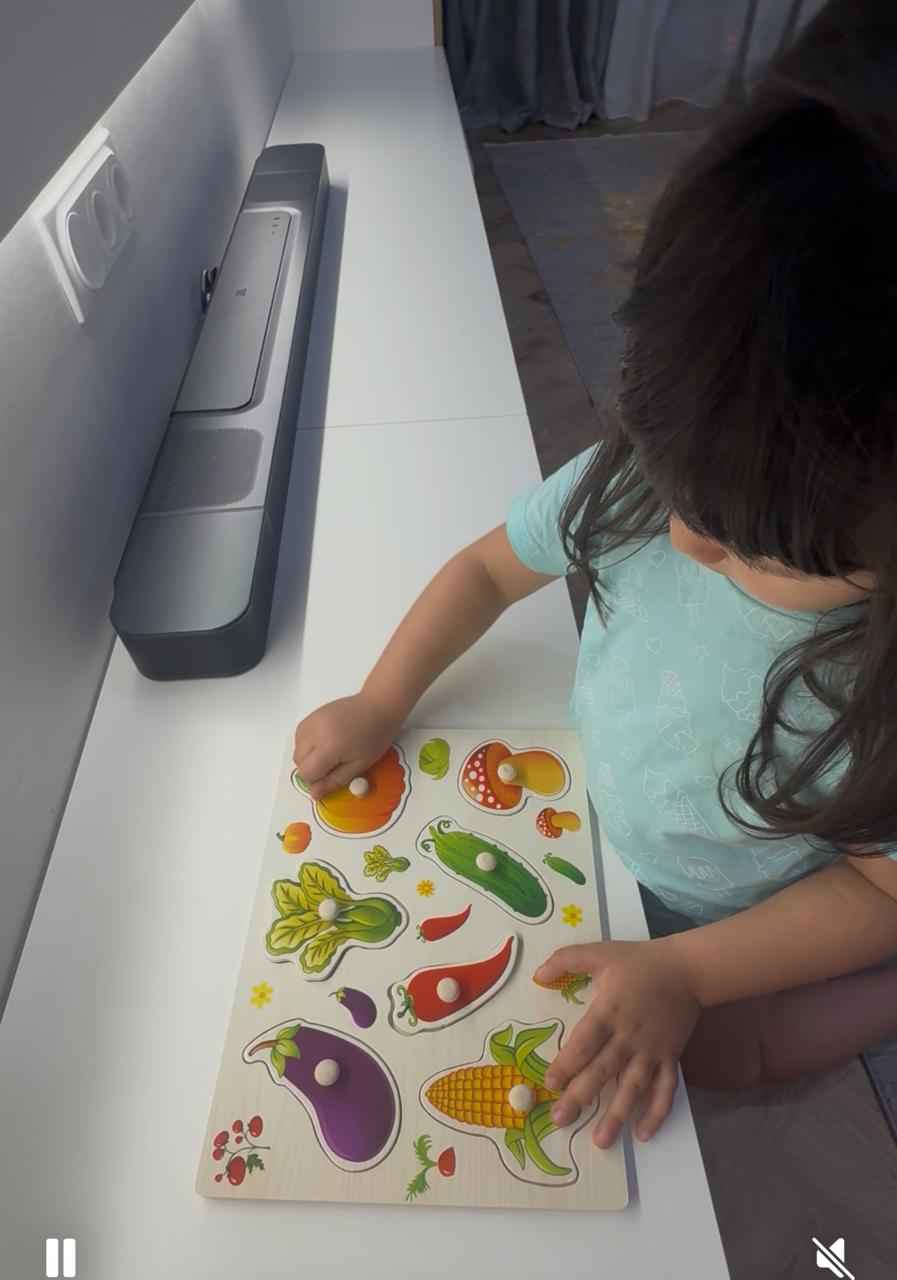
Dilana’s mother Read More

Irina and Stefan – Ilya’s parents Read More
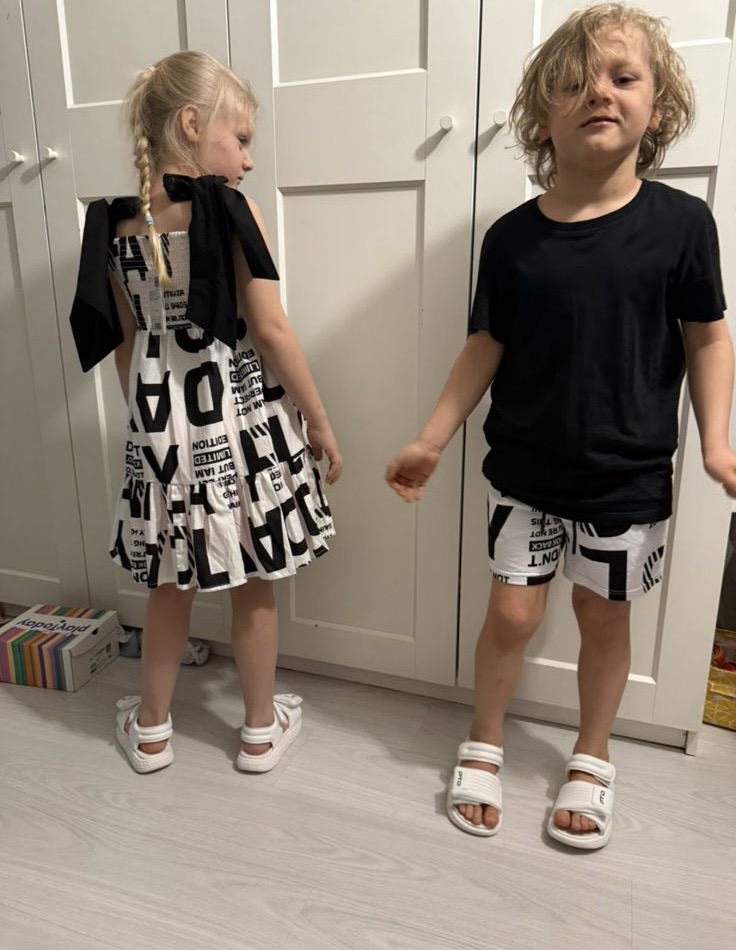
Kristina – mother of Nelly and Nik Read More
